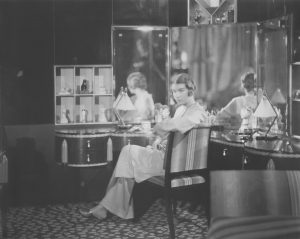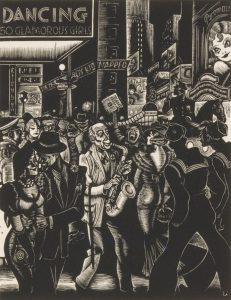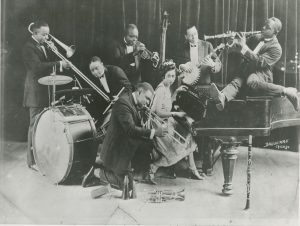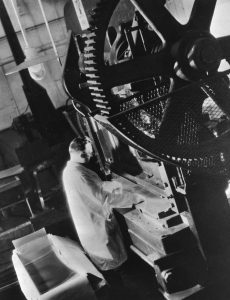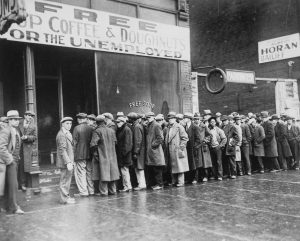In 1919, America emerged newly prosperous from the devastation of World War I and plunged into a decade of heady consumption and social change. Cars, radios, and telephones proliferated, industry grew, and young women embraced new freedoms. Yet by the time Fitzgerald penned his epitaph for the era, the country had collapsed into a severe economic depression, which would last until its entrance into World War II. The period in between was one of great contrasts: cultural expression and social progress were tempered by conservative backlash, a deepening wealth divide, and racial oppression. While the Wormsers’ affluence may have shielded them from some of the era’s turbulence, they would have encountered its cultural and technological changes at every turn—in trans-Atlantic travels on steamships, palatial cinemas, and in the modern bedroom they commissioned for their home.

